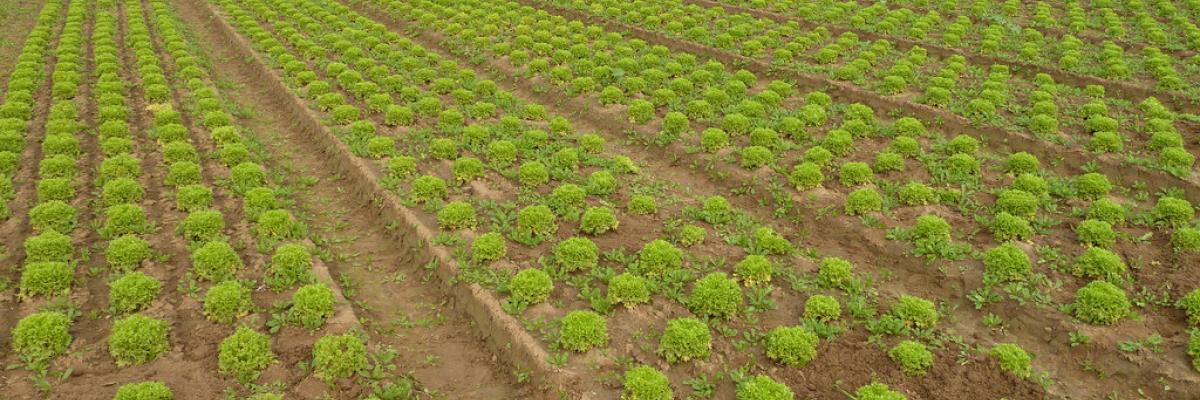

Carrying Out Your Own Farm Trial
British Farmer & Grower Farming pin-ups (edition 9)
Download the PDF
This four-page practical guide, inspired by the Duchy Originals Future Farming Programme, provides tips on how to create an informative and efficient farm trial, to help you explore and improve your farming practices. Designing a farm trial so the results are clear and easily interpretable can inform decisions you make on the farm, and help you to increase crop yields and minimise losses. The guide focuses particularly on arable crop trials, though the information is useful to all. It discusses the importance of replicating and randomising trials, and touches on ways to easily analyse trial results. It includes a useful case study of a trial carried out by a farmer who wanted to look at how different legume leys might affect yields of cereal crops.
- Carrying out a field trial can help you to optimise yields by trying out different management methods without fear of losing a crop.
- It is key to design a trial so that you can tell whether any differences are due to change in management rather than other factors.
- An effective field trial should focus on a single, simple question, as this makes it easier to design, conduct and interpret.
- Always remember to include a control (baseline for comparison); it should be as similar to your experimental plot as possible, except there is no experimental treatment.
- A good field trial includes replications. Multiple replicates of a treatment ensures that results don’t occur by chance.
- Randomising which replicate goes where, whether it be a seed type or a spray treatment, ensures that different treatments aren’t confounded by an environmental aspect that hasn’t been measured, such as slope or soil type.
- Analysing the results from a trial can be as easy as drawing up a bar chart, but a local university is a good place to start if you want more rigorous statistical analysis.
